I was reading about 6to4 and I'm pretty confused about how the addresing works.
If you are converting an IPv4 to IPv6 using 6to4 first group will be 2002
The next groups are determined by the IPv4 address, for example
192.168.200.1 255.255.0.0
So would the next 2 groups be derived from the network address of 192.168.0.0 or from the actual 192.168.200.1 ?
I am also confused about the role of the subnet id, do I include it right after the 32 bit address?
network address ->
2002:C0A8:0000:subnetid::
actual addres -> 2002:C0A8:C801::/48
Help much appreciated!

